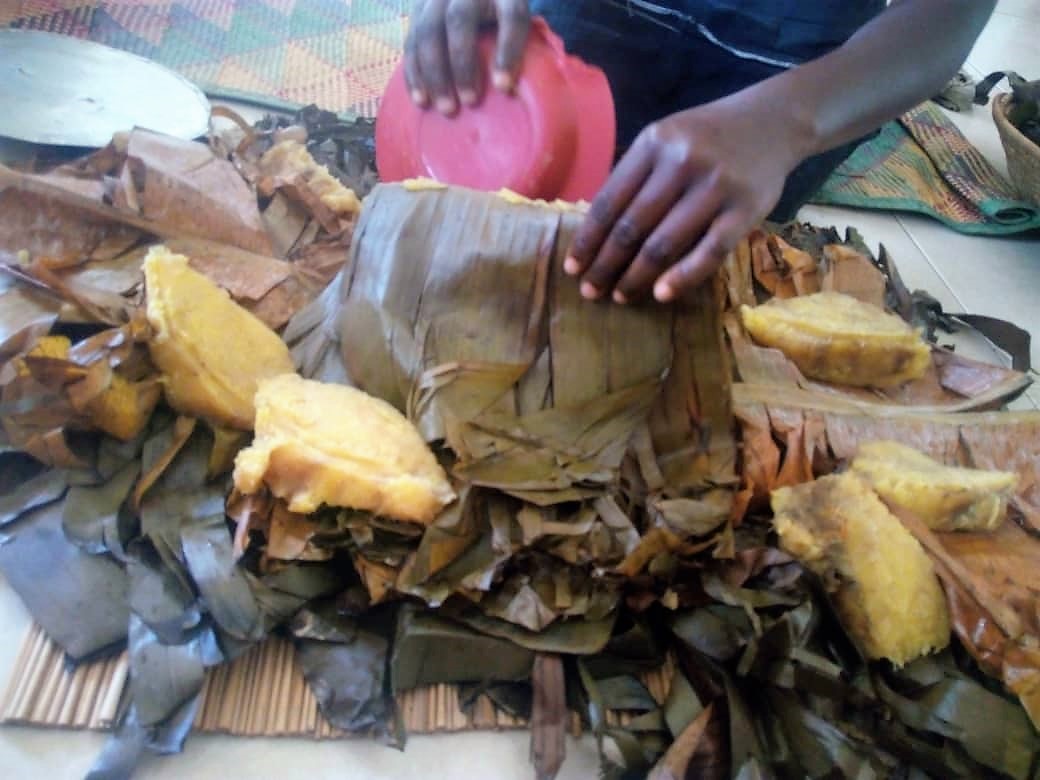It is that time of the year when everyone gets excited about the holidays. The Christmas bells have started ringing (the jingle bells). Around time senior four and six students are writing their final exams. While primary seven students are already on holiday. Institutions are planning closure dates, finalizing project reports and proposal writing in search for funds. It sounds a busy time of the year, right? Everyone seems to get to a vacation mood. Chritsmas is around the corner.
This season comes with challenges. The preparations for holidays come different in various homes. Vacists have planned to watch movies, play, get to driving schools, roam around Kampala, swim, visit friends, read novels, join computer schools etc. Others have arrangements to visit and stay with relatives.
In the previous years, such a time of the year came with cultural norms and practices. Young girls would be sent to their aunties and boys to uncles. At these places, boys and girls engaged in learning, re-learning and un learning various practices. Girls were taught how to peel, cook, wash, cleanliness and prepared to become women. It was a taboo for a girl to get pregnant while at home and girls were nurtured towards keeping their virginity until marriage. There movements to trading centers during their first menstrual periods was limited- this was meant to help them learn how to keep clean but also never to engage in sex during the time. On the other hand, boys were taught fatherly roles in the home, how to work, and ride bicycles among other activities.
The whole set of comprehensive sexuality education was given to these holiday makers. Christmas season was such a joy. The girls and boys could gather in the evenings around a fire place and tell stories. The stories again passed on information to them, some of which allowed them as men and women to make informed SEXUAL REPRODUCTIVE HEALTH decisions. During the day, girls went into knitting sessions. It was hard to find a girl of the time who didn’t know how to knit either mats, baskets, or the like.
Today, such cultural norms and practices have faded. Of course the world has developed. This development has come with implications to the realization of the right to health. While such times exposed girls and boys to things that made them busy but also to people that had accurate information on SRHR, and allow tem make informed decisions, today, the story is different. TV, Play centers, radios, video games, social media and the internet are the order of the day. Girls and boys as young as you can imagine know much correct and much wrong SRHR information gathered from various sources. These prefer to listen and learn from their peers as much as possible- perhaps because the roles uncles and aunties played are no longer possible? Or is it because parents are too busy to guide them into making informed SRHR decisions?
While this is the case, and as long as the country continues this way, the right o health will continuously be affected. Uganda will continue reporting high rates of teenage pregnancies and school dropout rates.
Perhaps as a country we need to rethink the implications of such fading norms and practices to health. We may not have to copy the very same way they used to happen but learning something from that and comparing the times to today.

